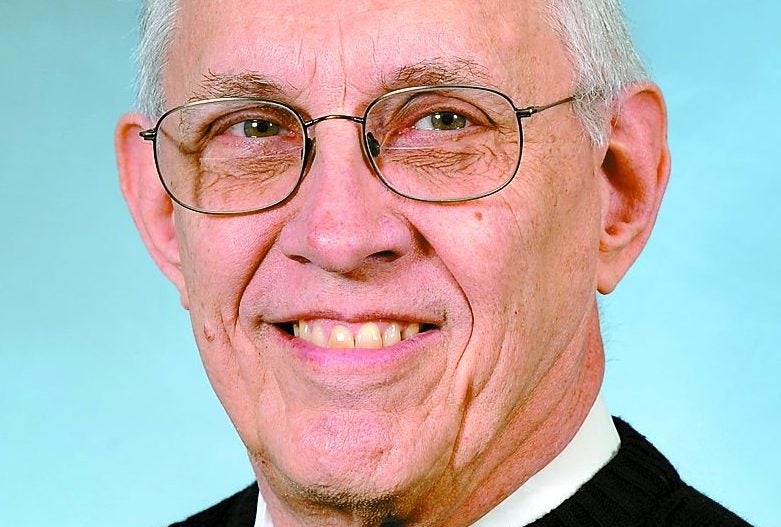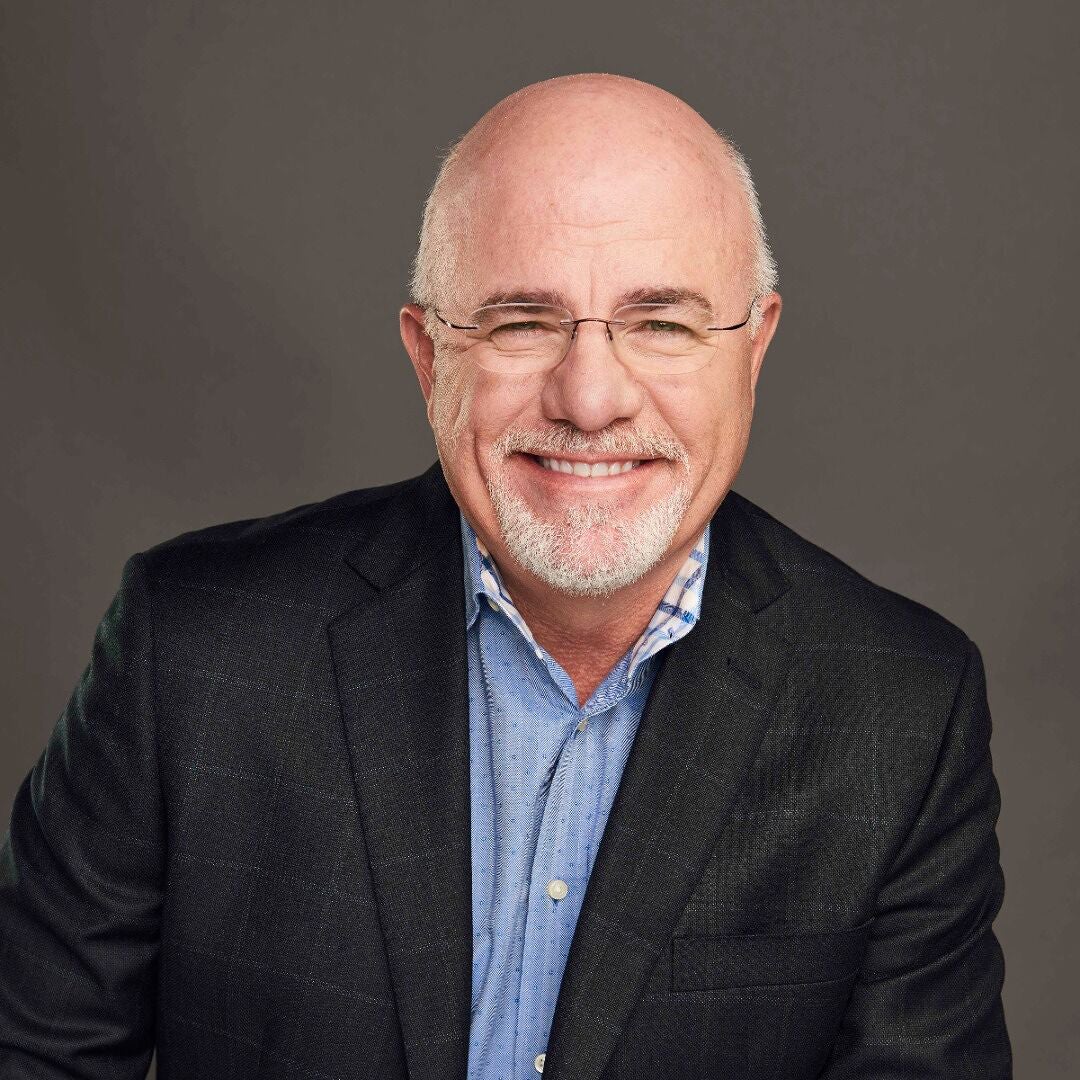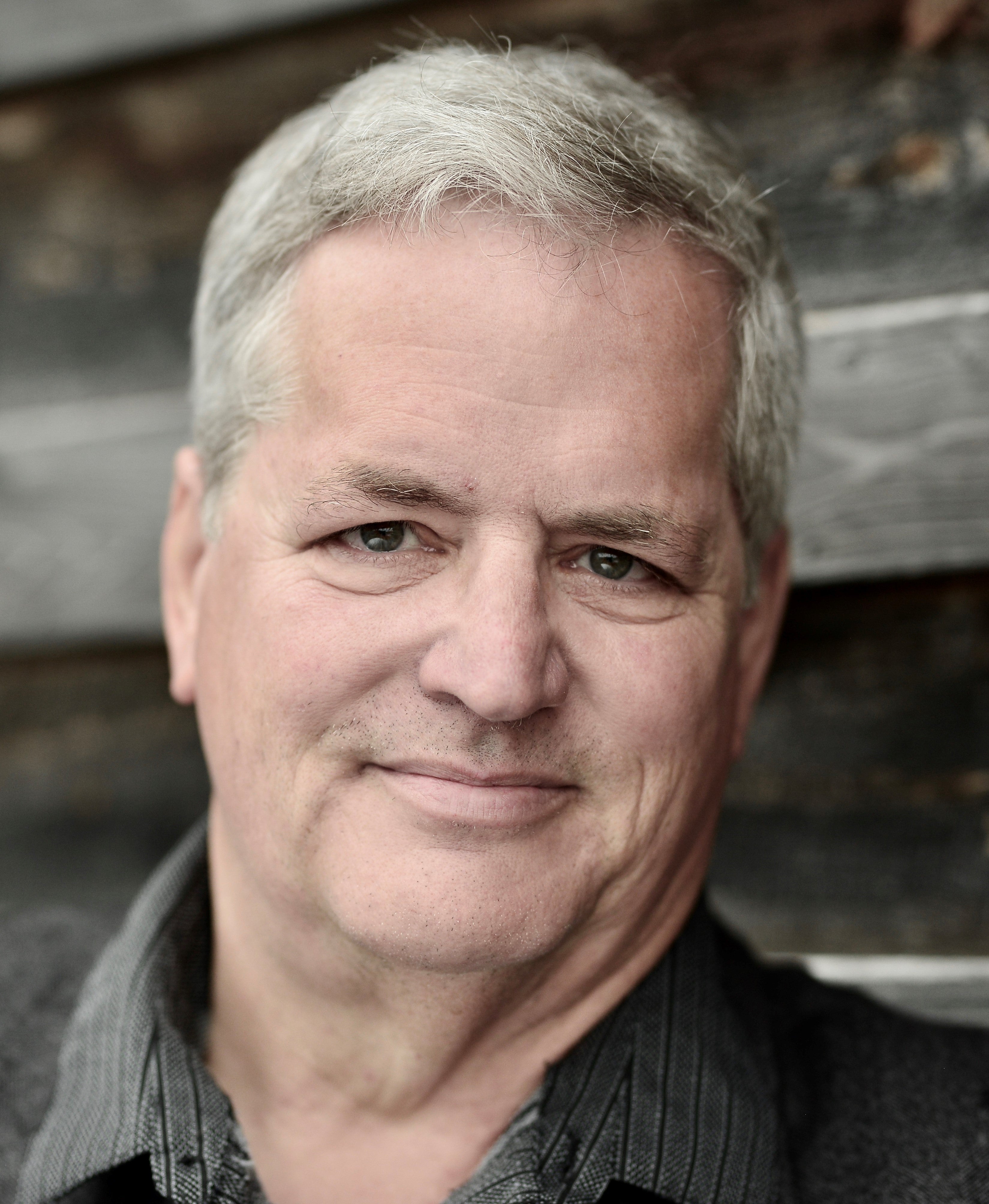WITT: Don’t take everything you read, see as fact
Published 9:42 am Wednesday, June 24, 2020

- Chuck Witt is a retired architect and a lifelong resident of Winchester.
|
Getting your Trinity Audio player ready...
|
On June 12, The Seattle Times released a story by reporter Jack Brunner exposing that Fox News had published a digitally altered and misleading photo on its website on stories related to the protests taking place in Seattle.
The photo purported to show a man standing with a military-style rifle in front of what appeared to be a smashed retail storefront.
Actually, the photo was a composite of the man taken on June 10 and the smashed storefront image from a scene of May 30.
At the time the story was printed, Fox’s site had not issued any disclaimer regarding the doctored photo, although the network removed the image after inquires from The Times.
When Fox News issued a “clarification” statement, it stated that the image had been replaced with “clearly delineated images of a gunman and a shattered storefront, both of which were taken this week in Seattle’s autonomous zone.”
Of course, the clarification statement was also erroneous since the photos were actually taken almost two weeks apart.
Kenny Irby, a photojournalism ethics educator said, “I think it’s disgraceful propaganda and terribly misrepresentative of documentary journalism in times like this, when truth-telling and accountability is so important.”
The National Press Photographers Association ethics code expressly forbids use of altered photos in news stories.
The reason this episode is so important is that, during this election season, when political parties and PACs and other support groups are going to be using every conceivable means to get their message across — including devious, misleading and, at times, illegal methods — the diligence of news reporting agencies is going to be paramount in the effort to present the news as accurately as possible.
It has already been shown that video manipulation is easy, providing the means whereby a person can be videoed during a speech and an entirely different speech can be placed into the video making the content of the speech exactly the opposite of what was said.
These are perilous times.
Technology has advanced far beyond what was available during previous wars and election campaigns when propaganda had fewer avenues open to convince the listener or viewer.
It is insanely easy for a candidate to show images of an opponent saying something completely out of context with what was actually said, simply by cutting and pasting comments, or simply omitting portions of the full comment.
Of course, just the opposite is true as well. How often has a candidate been recorded saying something embarrassing or downright untruthful only to appear later and suggest that the comment was “taken out of context.”
Fortunately, such recordings are usually readily available and can be examined to show whether or not the statement really was filtered as suggested.
The point of all this is that with so many venues available for a thirsting public looking for news about certain candidates, there are also far more opportunities to alter that news.
In addition to the diligence demanded of news outlets, the public must also exercise similar attention and not take every statement or every news story at strictly face value.
Before accepting everything read or seen as fact, do further research and make no rush to judgment.
Believe it or not, freedom and the integrity of our system of government are at stake and will continue to be so well into the future.
Chuck Witt is a retired architect and a lifelong resident of Winchester. He can be reached at chuck740@bellsouth.net.





